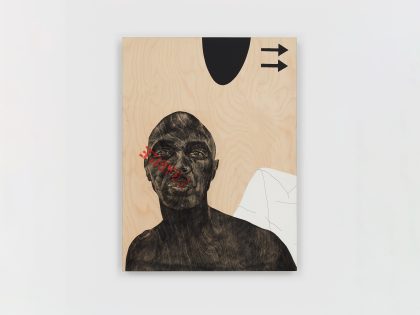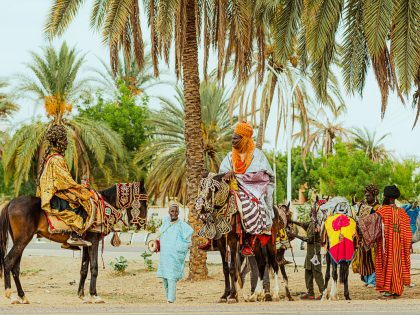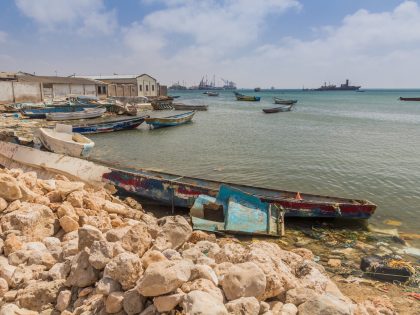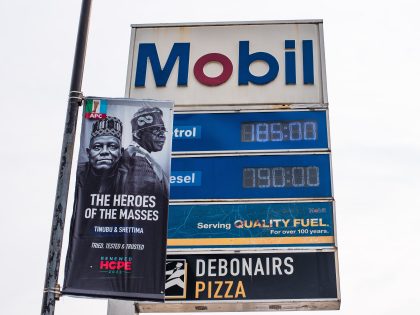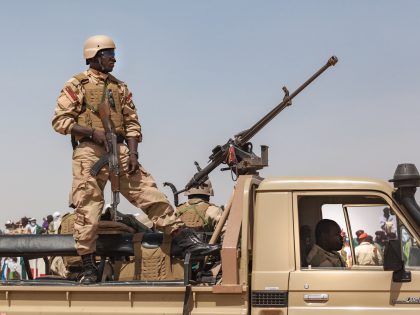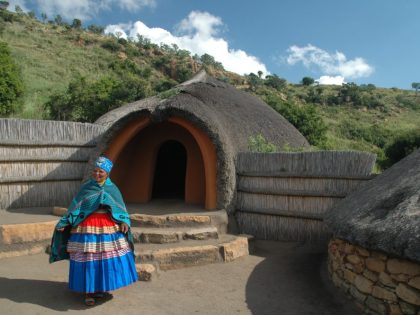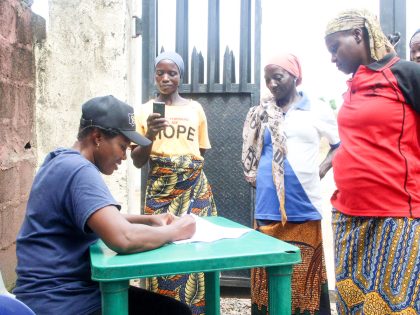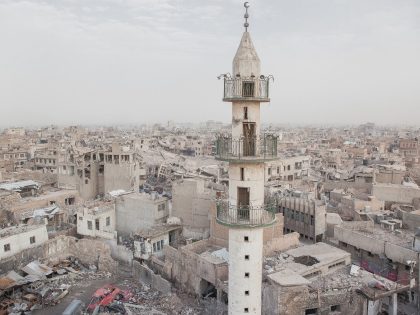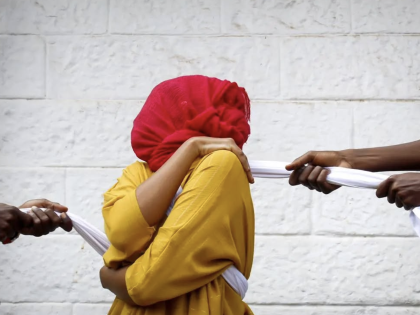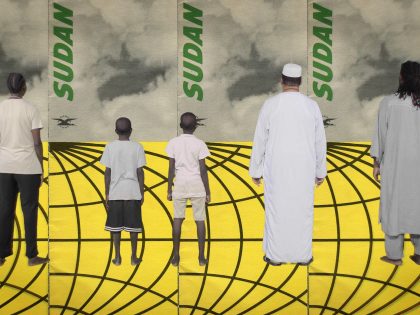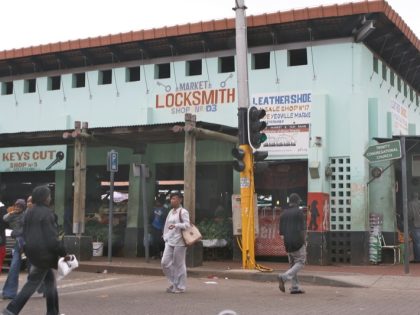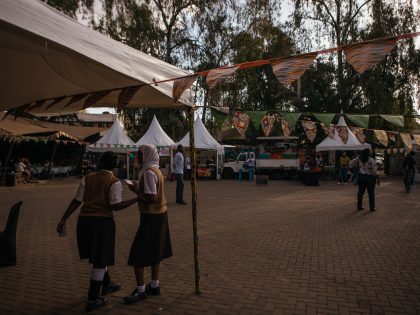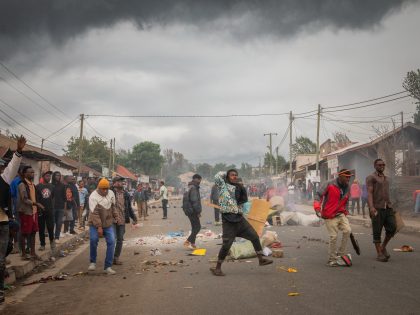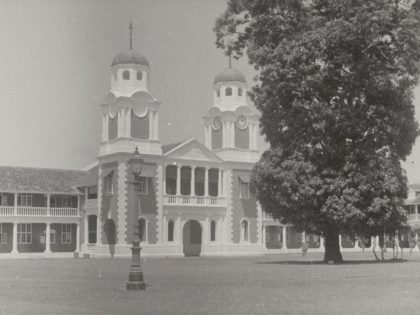My favorite photographs N°2: Scott Williams

My first photo, above, was taken in Westridge, a suburb of the infamous Mitchells Plain in Cape Town. This particular location is a consistent favourite for DJ’s, graffiti artists, breakdancers and MC’s who are the organizers behind Park Jams. These sorts of events provide the opportunity for collaborations and interactions between people from areas separated by large distances. This image is also proof of the opportunity to examine some of the standard architecture templates used to execute the Group Areas Act’s strategy.
This photograph of Baby L was taken during the Hip Hop Connected show at the Artscape Theatre in 2005. This was the first hip hop show ever allowed on the Artscape stage since the inception of South Africa’s “Democratic Era”. Interestingly, the show played to a packed house on a fraction of the budget provided to the Theatre’s Ballet productions.
This particular piece of graffiti by Legendary artist Falko referenced a R50 note. To add a touch of whimsy to the shot I asked several people passing by whether they could hold up their currency. Eventually, I found a willing participant.
Bellville Middestad has been known as “Little Mogadishu” for a while because of the influx of Somali business people. Bellville is a junction of many intersecting transport routes in Cape Town and due to its concentration of travellers has logically become a profitable place to settle, especially for the Somali community whose businesses are often the target of xenophobic attacks. Ironically, these businesses often provide Capetonians with employment and promote regeneration of infrastructure. See how many South African flags you can find in this barbershop.
This image was taken with an Olympus Trip35, a camera often referred to as “The Poor Man’s Leica”. I hardly ever switch to a film camera but my project with Paarl based MC Jaak required a different treatment. He had requested a nostalgic feel for some of the images, hence the deviation from the norm. The relationships formed with many hip hop artists have allowed me to visit communities — such as the one here in Klein Nederburg which I would never have visited on my own. The image taken is an example of how similar the architecture is to that of the Mitchells Plain area, despite the distance.






